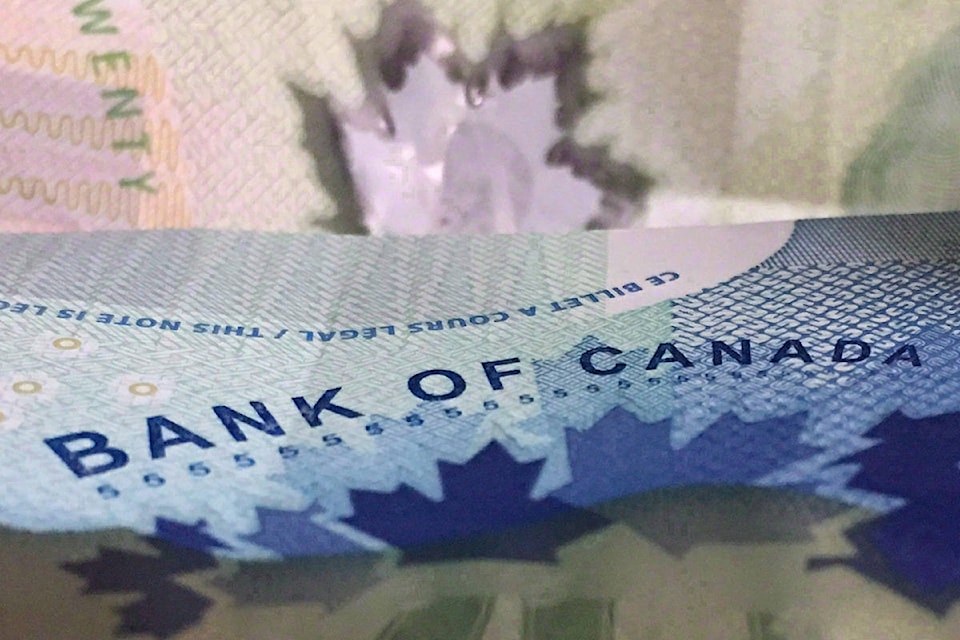The total of number of insolvency filings grew by 9.3 per cent to 140,858 last year with consumers leading the way and business filings rising for the first time since 2001, says statistics released Monday by the Office of the Superintendent of Bankruptcy.
More than 97 per cent of insolvency filings were by consumers. Despite solid jobs numbers, consumer filings rose 9.5 per cent to reach the second highest level on record after 2009 at the end of the Great Recession.
91������Ƶ�The sheer number of Canadians struggling with their finances is alarming but the growth in consumer insolvencies and the accelerating insolvency rate is a symptom of a bigger problem: many who have amassed unmanageable debts have no path out,91������Ƶ� stated Andre Bolduc, board member of the Canadian Association of Insolvency and Restructuring Professionals (CAIRP).
Ontario had the most insolvency filings at 45,754, which grew by 15 per cent from the prior year. Newfoundland and Labrador91������Ƶ�s total filings grew 15.4 per cent, Alberta by 14.5 per cent and British Columbia 10.4 per cent.
The overall increase in insolvencies came as the total number of personal and business cases in the fourth quarter of 2019 climbed 9.8 per cent from the same period a year earlier.
The number of business insolvency filings in the fourth quarter were down 4.1 per cent compared with the fourth quarter of 2018, but up 9.7 per cent compared with the third quarter of 2019. Filings grew 2.8 per cent for the year.
The mining, oil and gas sector lead the way with a 75 per cent increase in the number of insolvency filings in 2019 over 2018. Among business filings, Manitoba was the hardest hit with filings rising by more than 39 per cent, followed by the Atlantic provinces at 38 per cent.
Consumer insolvencies grew partly because interest rates increased between 2016 to 2018, with a two to three-year lag, said Bolduc.
The household debt-to-income ratio increased to 175.86 in the third quarter, but remains below the 2018 record high of 177.82.
91������Ƶ�If consumers continue to moderate their spending habits, this should help dampen the rate of increase in consumer insolvency filings,91������Ƶ� he said.
But consumer insolvency filings will continue to grow this year as many Canadians have amassed unmanageable debt loads, said CAIRP.
91������Ƶ�The indebtedness across Canadian households is likely to way on credit trends as we move forward,91������Ƶ� added Craig Fehr, Canadian markets strategist, Edward Jones
READ MORE:
The Canadian Press
Like us on and follow us on .



